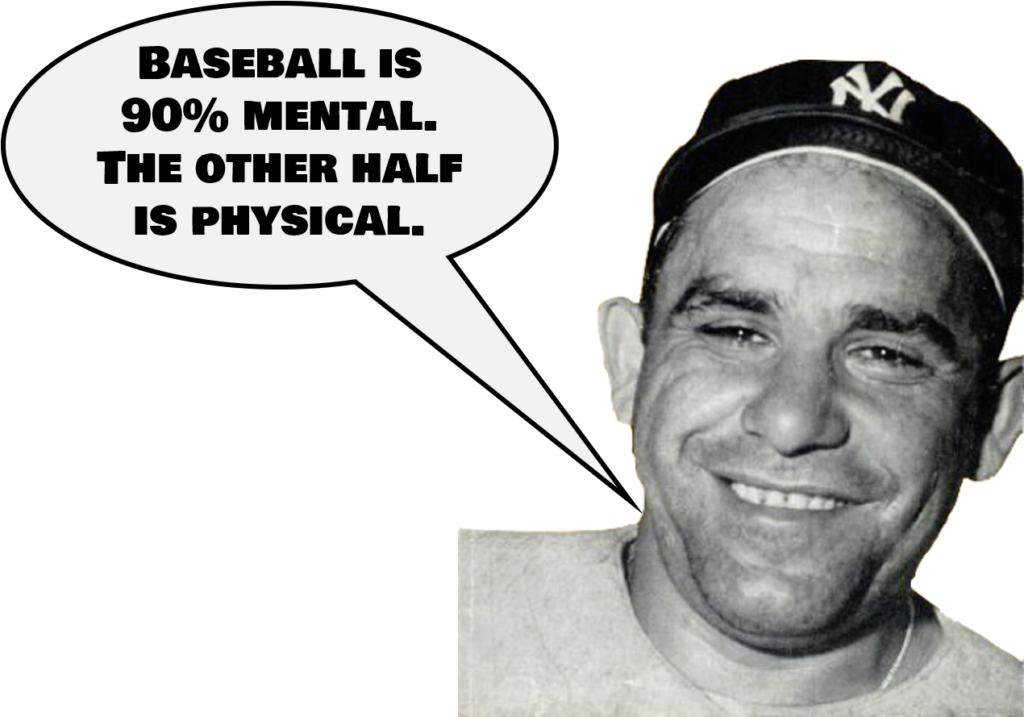
How big a baseball fan am I? Well, I even watch the All-Star Game, typically a glitzy, gaudy showcase of Major League Baseball’s very best. And last night was no exception. The game itself was lackluster, and the happy players on both sides chatted with and hugged each other throughout nine innings.
And why not? Most of these players are in their athletic primes – and they’re well-compensated for their talents. Many earn tens of million of dollars in salaries, bonuses, and endorsements.
Watching these graceful, gifted players comfortably compete on a massive stage, I couldn’t help think about some of the recent sports stories that have made headlines in recent days and weeks. These headlines also feature accomplished athletes who are filled with dashed dreams and sadness, forcing us to question some of the givens that surround young stars and the pressures they face.
One that jumped out at me was the painful decision by young tennis superstar Naomi Osaka to withdraw from both the French Open and Wimbledon.
Part of the stated reason for her bowing out was the pressure of participating in post-match press conferences. Using Twitter as her microphone, Osaka admitted she has “suffered from long bouts of depression” and “waves of anxiety.”
And in her lengthy tweet, Osaka explained she “would never trivialize mental health or use the term lightly.”
And then British tennis star, 18 year-old Emma Raducanu pulled out of an active match at Wimbledon, citing it was all “a little too much.” As The Guardian reported, Raducanu had stomach cramps and was hyperventilating when she withdrew.
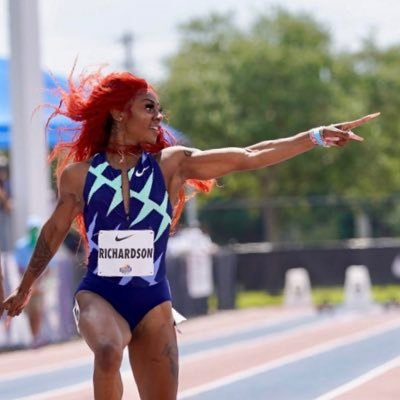 At virtually the same moment U.S. Olympic hopeful, Sha’Carri Richardson was suspended from the competition when marijuana was discovered in her system.
At virtually the same moment U.S. Olympic hopeful, Sha’Carri Richardson was suspended from the competition when marijuana was discovered in her system.
Why on earth would she use weed knowing full well about the potential punishment? It turns out her biological mother passed away, and according to Richardson, it just got to be too much:
“I know what I did and what I’m not supposed to do. I know what I’m not allowed to do and I still made that decision. Not making an excuse or looking for any empathy in my case but being in that position of my life and finding out something like that—something that I would say has impacted my life positively and negatively in my life when it comes to dealing with the relationship with my mother—that definitely was a heavy topic on me.”
Again, an athlete in the limelight expressing difficulty coping with the pressures. And Richardson put a point on her anxiety:
“To have to go out into the world and put on a face—who am I to tell you how to cope?”
Indeed.
But a number of sports broadcasters, commentators, and other mouths behind the mic have weighed in, and it is becoming clear they all aren’t as sensitive to the mental strains of competing under the bright lights as perhaps they should be.
Former tennis great, John McEnroe – now a commentator – was criticized for comments he made about Raducanu, including comparing her to Osaka. This is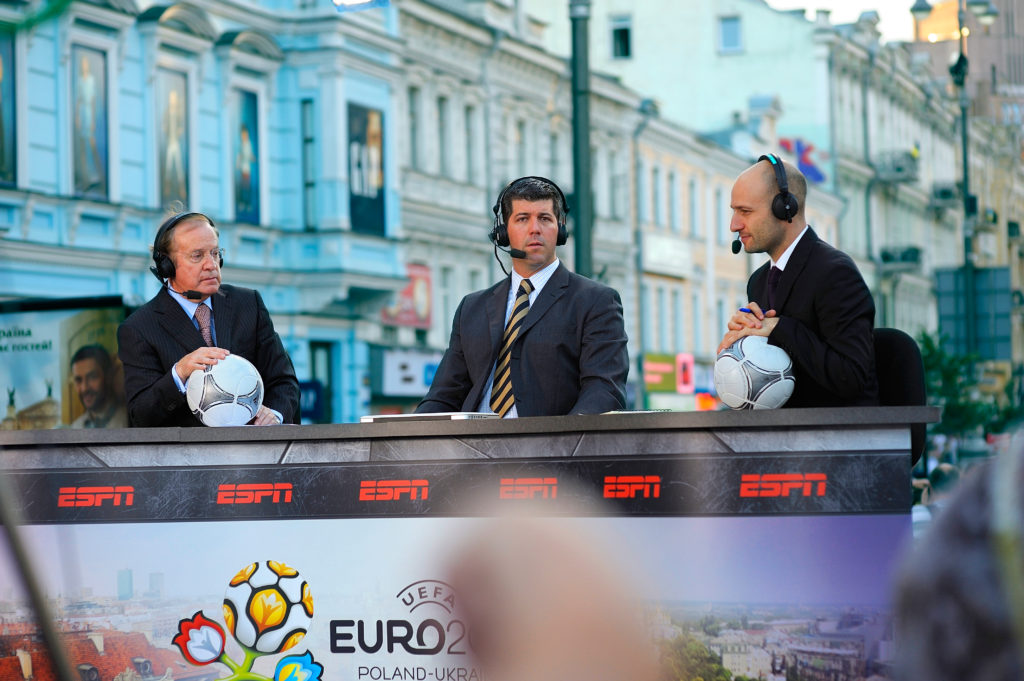 notable because McEnroe was famous for acting out his frustrations, on and off the court.
notable because McEnroe was famous for acting out his frustrations, on and off the court.
Deadspin’s Sam Fels averred “all broadcasters are going to need mental health training.” And so are those at the highest level of the sports world.
If you haven’t seen the new HBO Sports documentary, The Weight Of Gold, it is an important hour of television (streaming on HBO Max). It was produced in collaboration with Boston-based The NAN Project, named after young Nan Dalton who took her life.
The HBO doc focuses on a group of well-known former Olympians – including Bode Miller, Sasha Cohen, Apollo Ohno, Shaun White, Lolo Jones (left) – and is narrated by Olympic swimming icon Michael Phelps who has played a key role in shining the light on mental health and sports.
and is narrated by Olympic swimming icon Michael Phelps who has played a key role in shining the light on mental health and sports.
Produced and co-written by Brett Rapkin, The Weight Of Gold zooms in on the athletes starting out as young protégés, later as Olympians, and now out of sports – and the spotlight.
While these talented jocks specialize in a wide variety of sports, and come from different backgrounds, their stories are eerily similar. Depression – after the games are over – is all too common, and sadly, suicides are becoming more prevalent as these Olympic stars are unable to get help for their issues.
You truly get a sense these athletic performers – on the ice, on the court, on the gridiron, on the slopes – have a unique type of pressure most of us simply overlook or cannot understand. We enjoy their amazing feats, we revel in their talents, and we talk about them. But even the best of the lot, the cream of the crop are likely dealing with stresses that most of us can only imagine.
Here’s the trailer for the HBO doc, The Weight of Gold.
And that brings us to radio – another “sport” where there are “jocks” who feel the pressure to perform – every day. Our talent – the people “on the mic” – also face outsized pressure, anxiety, and stress.
And the 800 pound gorilla in the air studio, of course, is COVID. The role that it may have played in adding even more angst to radio’s core performers is an unknown. But there’s no question the last 16 months have been stressful beyond anything most of us have experienced.
That’s true for all of us – no matter our age, socioeconomic background, ethnicity and race, or employment status. We’ve all been dinged, dented, and disrupted by the pandemic. And who among us has not suffered from mood swings, personality disorders, and even various stages of depression during this unprecedented time?
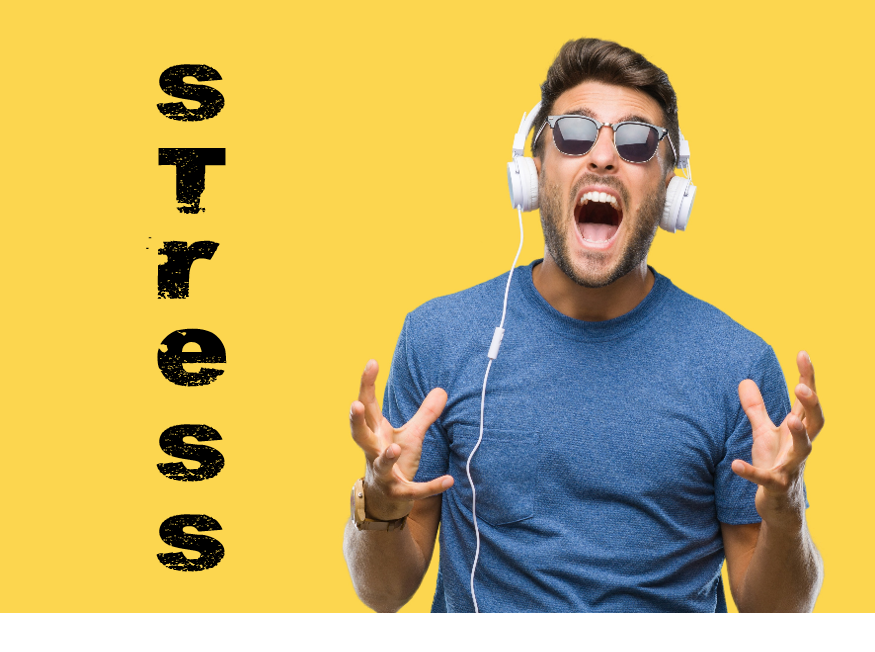 But those in the limelight – in this case, on the airwaves – often have a heavier cross to bear. While most of us have the freedom to go about our jobs and our lives accompanied by a rainbow of attitudes and emotions, the faces of the station – the personalities – have to strike that balance every day, every show, every quarter-hour.
But those in the limelight – in this case, on the airwaves – often have a heavier cross to bear. While most of us have the freedom to go about our jobs and our lives accompanied by a rainbow of attitudes and emotions, the faces of the station – the personalities – have to strike that balance every day, every show, every quarter-hour.
Be funny, sound engaged, respond on social media, produce a video, cut a promo, and prep for tomorrow’s show. There is no mailing it in. At least not for very long or talent knows full well they can and will be replaced.
In most other industry sectors, the working class has regained some leverage these past several months, while employers struggle to find qualified, ready, and willing people to do available jobs. “Now Hiring” signs are everywhere.
But not in radio.
In fact, most managers and owners of stations still have the upper hand when it comes to hiring, firing, and setting salary guidelines.
I have spoken with many personalities during this past year plus, including the displaced, the dejected, and the disrupted. I have spent time with those who have leaned into COVID doing some of their best work, as well as those confused about how the pandemic changed their livelihoods and their approaches. I can tell you many are still perplexed by our current conditions – the pandemic, the way the industry has reacted, the uncertainty surrounding the last half of this year, and the challenges of trying to do their shows from spare bedrooms, dens, and basements.
 And that’s why AQ3, our research study of air talent for air talent is in the field right now. There are questions and issues that need to addressed. And while there are lighter moments in this year’s questionnaire (“Do you ever eat listener food?”), specific questions have been crafted to try to capture and measure the emotional toll spurred by the pandemic.
And that’s why AQ3, our research study of air talent for air talent is in the field right now. There are questions and issues that need to addressed. And while there are lighter moments in this year’s questionnaire (“Do you ever eat listener food?”), specific questions have been crafted to try to capture and measure the emotional toll spurred by the pandemic.
As we know all too well, the radio broadcasting industry was reeling pre-COVID. Layoffs, so-called “reductions in force,” and other consolidation efforts were eliminating jobs long before there was a global crisis. A product of the pandemic was even more furloughs, terminations, and pink slips.
In our survey, we’re asking talent about how many “hats” they’re wearing these days – and whether that’s changed since COVID reared its ugly head. And each respondent will tell us how well a list of emotional keywords and phrases – including optimistic, overworked, doing my best work, depressed, pumped up, beaten down – fit their current state of mind.
Suffice it to say, we’ll be carefully watching how these various terms and conditions reflect the current mindset, cross-tabbing the results by market size, years in radio, daypart, and economic status – to name just a few.
We’re asking about why they chose radio to begin with, their opinion about how the medium sounds today, and whether they plan on finishing their careers in the business.
We also have a subsample of those who lost their jobs during the past year or two. How’s their state of mind, are they angling to get back behind the mic, or have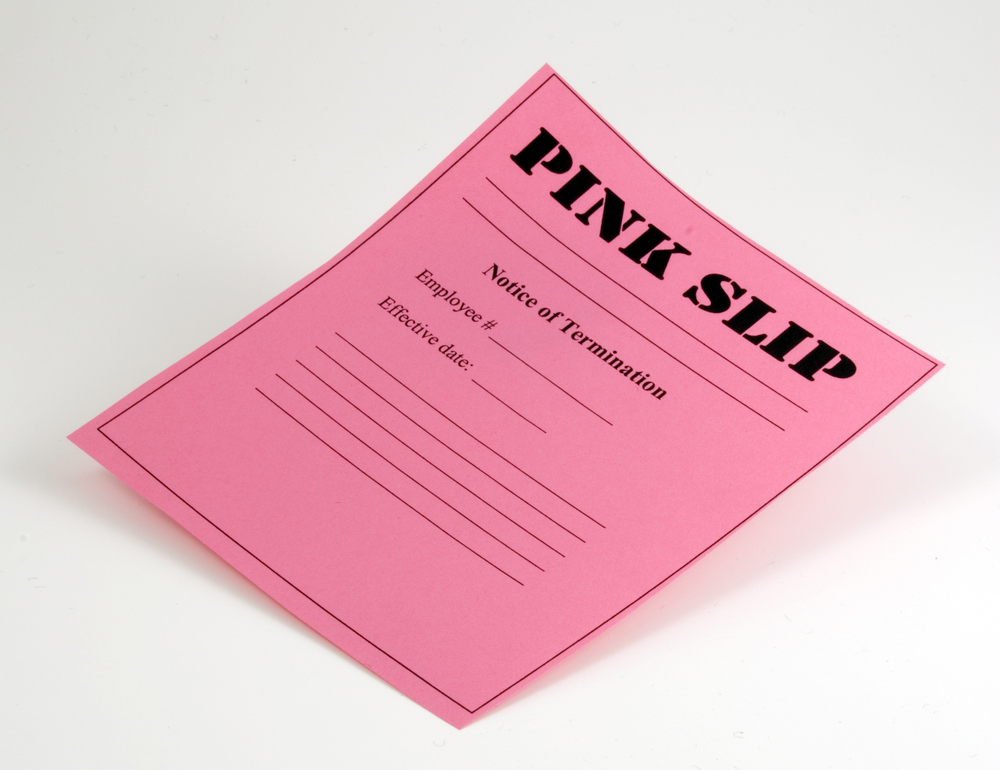 they moved on? We hear about them when they lose their gigs, but rarely do we have a chance to see how and what they’re doing since leaving the air studio.
they moved on? We hear about them when they lose their gigs, but rarely do we have a chance to see how and what they’re doing since leaving the air studio.
AQ3 is open for a few more days. If you’re on the air in commercial radio, on a music or spoken word station, there’s an opportunity for you to be heard. Confidentially, of course. Access the survey here.
And if you’re not on the air, please forward the link to on-air personalities in the building, in the market, or around the U.S.
We have a lot to learn about mental health and our society – its impact on crime, families, schools, athletic arenas, and yes, inside our own radio stations.
One of the lessons of COVID is to become more aware of its reach, its many forms, its symptoms, and its insidious ability to debilitate our personal and professional lives.
The happy-go-lucky Yankee catcher, Yogi Berra (pictured at the very top of this post), knew all too well about just how much of “the game” is truly mental.
As he also reminded us, “You can observe a lot by just watching.”
So, keep your eyes – and your ears – open.
Thanks, Teri Silver.
Take the AQ3 survey here and/or forward to on-air talent you know. Access it here.
Check out/register for Morning Show Boot Camp 33 in Chicago, August 12-13. I’ll be presenting AQ3 live and taking questions. Info here.
- What Is It With Female Robot DJs? - April 30, 2025
- Why “Dance With Those Who Brung You” Should Be Radio’s Operating Philosophy In 2025 - April 29, 2025
- The Exponential Value of Nurturing Radio Superfans - April 28, 2025




Leave a Reply